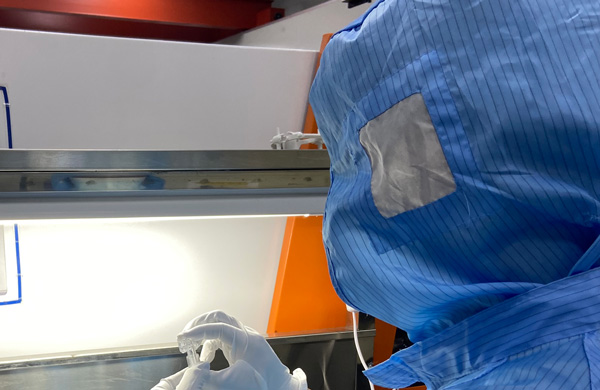During the injection molding process, short shot defects occasionally occur. When faced with this particular situation, our primary task is to delve into its causes, so that we can prescribe the right remedy and find effective solutions. After careful summary by numerous experienced engineers, the following are the main reasons leading to the occurrence of short shot defects.
Ultimately, the occurrence of short shots primarily stems from the excessive resistance encountered by the molten plastic during its flow, preventing the melt from continuing to flow smoothly. The factors affecting the flow of molten plastic are diverse, including the wall thickness of the plastic parts, the temperature of the injection mold, the injection pressure, the temperature of the molten plastic, and the composition of the plastic material. If these factors are not controlled or set properly, they may provide fertile ground for the emergence of short shot defects.

Particularly noteworthy is when there are relatively thin structures (such as reinforcing ribs) in the plastic product, located near the gate or perpendicular to the flow direction. During the injection molding process, the molten plastic encounters unprecedented resistance when flowing through these positions. However, in the main channel, due to smooth flow, sufficient flow pressure is not formed. Only when the melt has completed filling in the main channel direction or entered the holding pressure phase, does it generate enough pressure to fill those stagnant areas. Unfortunately, at this point, these thin positions have already cooled and solidified due to their thin wall thickness and the cessation of molten plastic flow, which prevents additional heat from being supplied, ultimately leading to the occurrence of short shot defects.